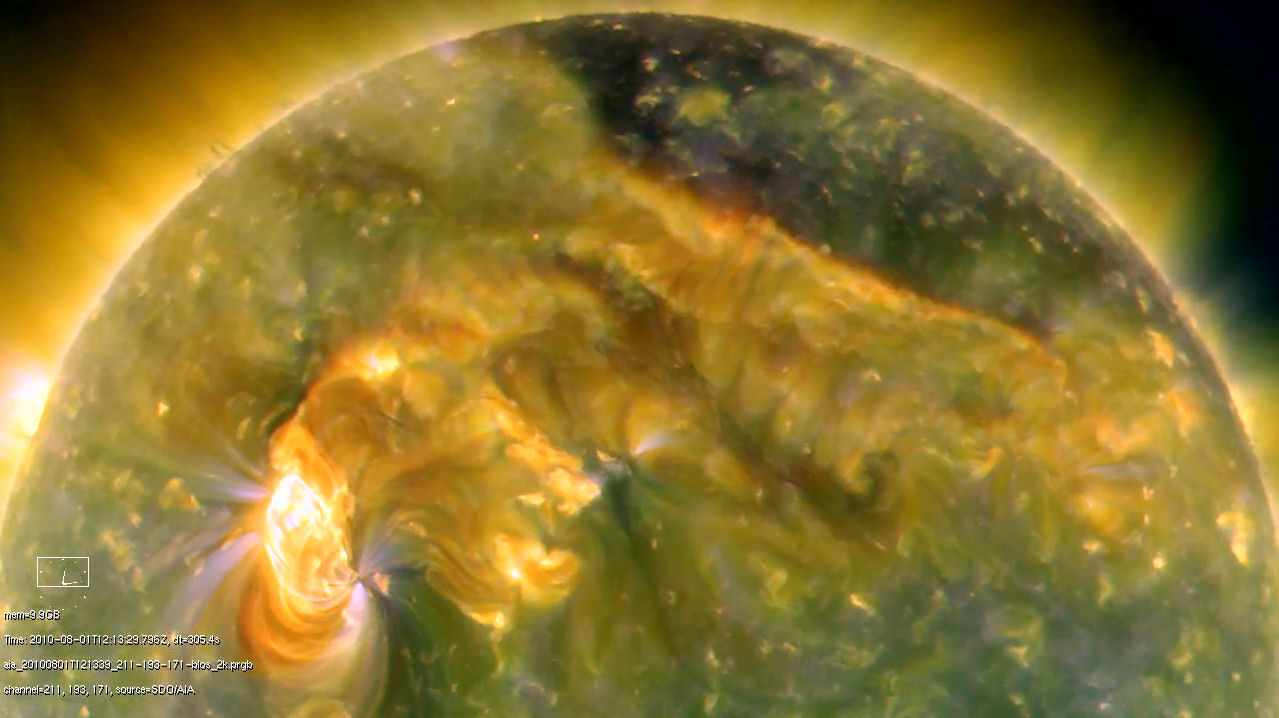Is Macy’s Really the Grinch?
By now you may have heard of "Santa John" Toomey, the popular seasonal worker who played Santa for over 20 years at Macy's in San Francisco. Toomey was fired last week for allegedly making an off-color joke to an older couple. The story spread from the local papers to the Internet and Toomey just appeared on the Jay Leno show. Based on the stories, it looks like a classic case of a heartless large corporation overreacting to a relatively minor incident.
But is Macy's really the Grinch in this Christmas story?
If you look carefully at the stories on the Internet, they are largely based on the original story in the San Francisco Chronicle. The story, in turn, is based on interviews with Toomey and his supporters. Macy's has declined comment on the basis that this is a personnel matter.
There are two lessons here for emergency managers, believe it or not. The first is how quickly a story can spread, particularly if it has elements that catch the public's attention. Here we have a story that is topical because of the season and has the classic "little guy against the bad corporation" theme.
The second lesson is that even where we are precluded from discussing specifics, we can't just ignore public reaction. Macy's has taken the classic head-in-the-sand approach. The company is quite correct in claiming that they cannot discuss a personnel matter. However, there is no reason to take the kind of hit to your reputation that Macy's is experiencing. You may not be able to tell your side of the story, but you can remind the public that there is another side.
It was clear from the beginning that this was a story that was going to grow with the telling and Macy's should have realized this and implemented a crisis communications plan. Consider what might have been difference if Macy's instead of saying in effect, "no comment," had said,
"While we cannot comment of the specifics of any personnel action, we take this type of complaint seriously. Any action we take in response to such a complaint is based on a thorough investigation of the facts and made after careful deliberation by senior managers."
Note that such a statement does not comment on the specifics of the case but does suggest that there is another side to the issue and that the decision was made at a high level after a review of the facts.
Actually communicating with the public instead of giving the appearance of hiding behind statutory responsibilities may not prevent damage to your reputation but it certainly go a long way to lessening that damage.
